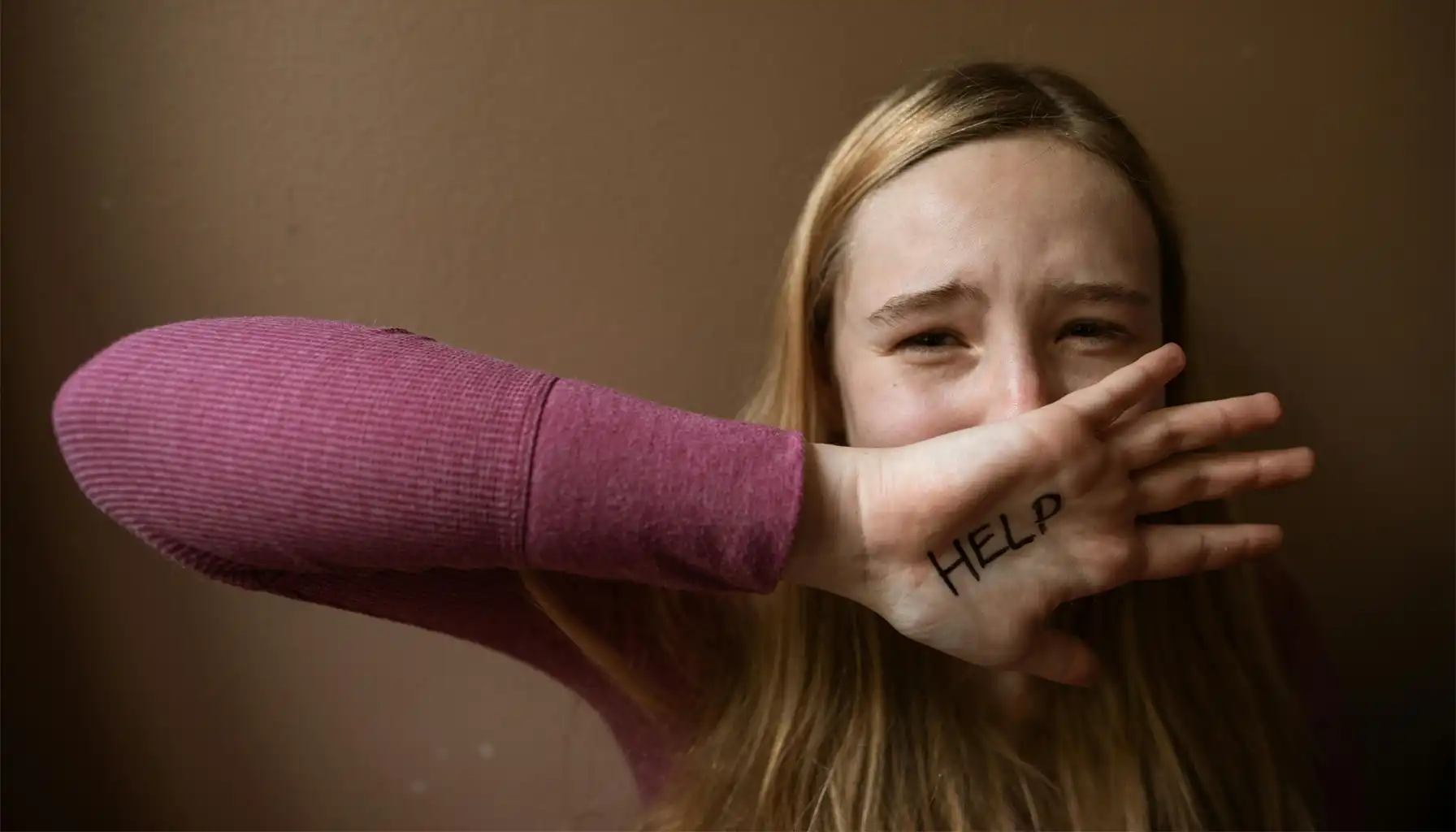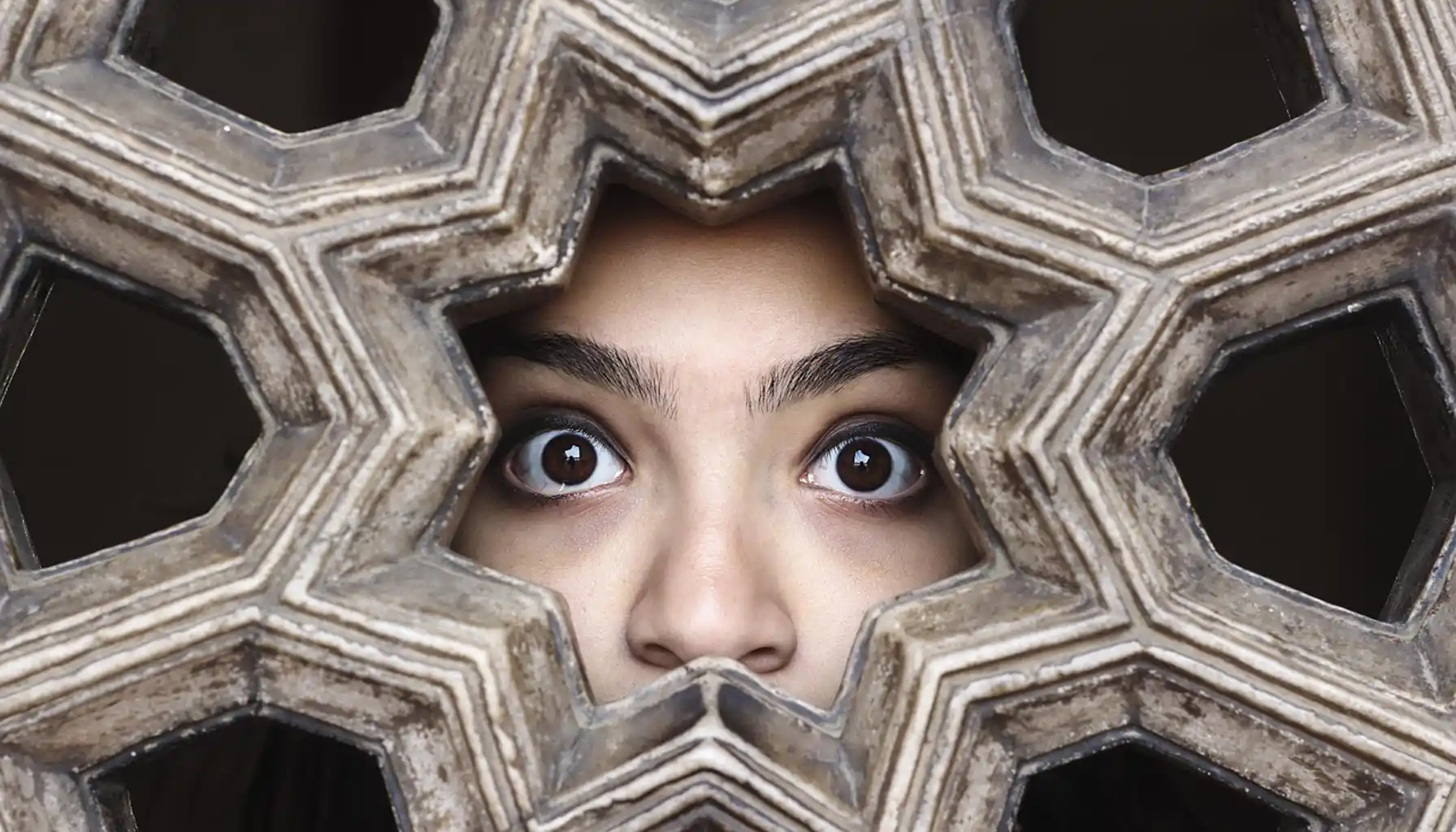Contents:
You turn a corner and there’s a florist shop: colorful bouquets in the window, the air faintly sweet. For someone living with a fear of flowers, it looks like a nightmare. Muscles tighten and the heart picks up speed. All you want to do is cross the street and put as much distance between you and those petals as possible.
It’s a deep reaction that the body has decided is necessary for survival, even when logic says otherwise. If you’ve ever wondered what is the fear of flowers is called, the answer is anthophobia, and it’s a real, documented phobia that can seriously disrupt daily life.
Some everyday moments that can be difficult with anthophobia:
Passing a flower stand on the way to work
Receiving a bouquet as a gift
Attending weddings, funerals, or events where flowers are part of the décor
Walking through a park or garden during spring
Seeing floral patterns on clothing or home décor that trigger memories
Any brain can be rewired at any age, and if you want that, you will probably have to train it. There are some apps to help you with that, for example, like Mind Elevate.
How the Brain Decides Flowers Are Dangerous

The brain is built to keep you alive, but sometimes it gets a little overzealous. At the center of this overreaction is the amygdala, the brain’s built-in alarm bell. Its job is to spot danger and trigger a quick survival response.
With a fear of flowers phobia, the amygdala has learned, often through past experiences, that flowers mean something terrible.
Those experiences can vary. Maybe there was a childhood incident involving a swarm of bees near flowers, or a strong association with a sad event like a funeral. In this case you may want a Trauma Therapy.
Over time, the brain starts linking the sight or even smell of flowers with the need to escape. These connections stick because the amygdala doesn’t see the difference between “real” danger and “emotional” danger, it just wants you safe.
Don’t confuse it with other terms. For example, what is anthrophobia refers to fear of people, not flowers, but both conditions show how learned associations can be. Once the brain decides something is a threat, it can take time and specific strategies to teach it otherwise.
Everyday Life With Anthophobia

When people hear what is the fear of flowers, they imagine it only comes up during spring or in a florist shop. But no. Weddings, graduations, funerals: flowers are everywhere in life’s big events.
Skipping social gatherings because floral arrangements will be there
Feeling tense in restaurants or cafés with flower centerpieces
Avoiding outdoor markets or festivals during blooming season
Hesitating to visit friends who keep gardens or potted plants
Steering clear of certain TV shows, ads, or images that feature flowers
For someone dealing with the fear of flowers, these situations can be exhausting. The constant mental planning to dodge triggers can shrink social circles and limit hobbies.
How Common Is Anthophobia?
You won’t see anthophobia topping “most common phobias” lists, but it’s more present than people assume. Because it’s misunderstood or joked about, many choose not to talk about it. This means we don’t have perfect numbers, but like other specific phobias, it can affect anyone.
Some mental health professionals suggest that people with a fear of flowers called anthophobia might hide it out of embarrassment. But avoiding flowers is no stranger than avoiding heights or spiders, it’s simply that the trigger is different. And while anthophobia fear of flowers may not be discussed openly, those who have it know it can shape daily choices just as much as any other phobia.

What Causes Anthophobia?
Phobias rarely appear out of nowhere. For some, anthophobia starts with a single event, like being stung by a bee while picking flowers or attending a funeral where flowers become linked with grief.
Others might have grown up with allergies that made any floral scent feel like trouble. In certain cases, the roots run deeper, connected to family history of anxiety or learned behaviors. For example, it can even be linked to genetics, like in the case with anxiety. Is Anxiety Genetic? Actually, yes.
It’s easy to confuse terms here. Anthrophobia definition refers to fear of people, which is completely different. Anthophobia is strictly about flowers, but like other phobias, it’s the brain’s way of overprotecting you from something it once decided was dangerous.
Common risk factors:
Childhood experiences involving insects, stings, or allergic reactions around flowers
Cultural or personal associations between flowers and sad events
Having another phobia or anxiety disorder that increases sensitivity to new fears
Anthophobia Symptoms
When wondering anthrophobia meaning, the body reacts as if it’s a real threat, even in harmless situations. People can avoid parks, events, or even TV scenes with flowers in the frame.
Symptom Type | Examples |
Physical | Rapid heartbeat, shortness of breath, sweating, shaking, upset stomach, dizziness when seeing or being near flowers. |
Emotional | Intense fear, panic, or dread at the sight, smell, or even thought of flowers. |
Cognitive | Intrusive thoughts about being near flowers, imagining harm from plants, or fixating on avoiding them. |
Behavioral | Avoiding gardens, parks, weddings, or any place where flowers might be present; crossing the street to avoid floral displays. |
If you’ve ever asked, what is the fear of flowers called? It's anthophobia, and like other phobias, it can be cured.
How Professionals Diagnose It

If you’ve ever wondered what is fear of flowers called, the official term is anthophobia but you will need a mental health professional who takes the time to understand your experience with the fear.
The process looks like this:
Talking about when the fear began and how it shows up in daily life
Seeing physical and emotional reactions in different situations
Looking at past events, medical background, and other mental health concerns
Making sure the reactions aren’t caused by allergies, panic disorder, or other phobias
Self-diagnosis can miss important details. Professionals confirm the phobia and guide the best path forward.
Calming the Fear Response
Once a professional confirms that fear of flowers is called anthophobia, you will learn to quiet that overprotective alarm system in the brain.
Effective approaches may include:
Exposure therapy: gradual, controlled contact with flowers to reduce sensitivity
Cognitive-behavioral therapy (CBT): identifying and reshaping fear-based thought patterns
Relaxation techniques: deep breathing, progressive muscle relaxation, or mindfulness
Education: learning about how the brain forms and unlearns fears
Yes, it’s entirely possible to retrain your brain. You may biohack it and be a completely different person at any age.
Quick Anthophobia Self-Check (0 = Not at all true, 4 = Very true)
I feel anxious, uneasy, or panicked when I see flowers in person.
I avoid places like gardens, parks, or events because flowers might be there.
My heart races, I sweat, or I feel short of breath around flowers.
I experience fear or discomfort even when seeing pictures or videos of flowers.
My fear of flowers affects my social life, hobbies, or daily routines.
Scoring:
0–5: Little to no sign of anthophobia any discomfort is likely situational.
6–10: Some signs present, fear may be mild but worth paying attention to.
11–20: Strong signs, consider talking to a mental health professional for support.
FAQ
What is anthophobia?
It’s an intense fear of flowers, which can cause physical anxiety symptoms and lead to avoiding places where flowers might be present.
What causes anthophobia?
Past negative experiences with flowers, cultural associations, learned behaviors, or underlying anxiety disorders.
Can you deal with this fear at home?
Yes, you can cure mild cases with gradual exposure, relaxation techniques, and learning more about flowers. Severe cases need professional help.
Is anthophobia common?
It’s rare compared to other phobias, but it can be just as disruptive when present.
How is it treated?
Treatment may include therapy (especially exposure therapy and cognitive-behavioral techniques), relaxation training, and education about flowers to reduce fear.





